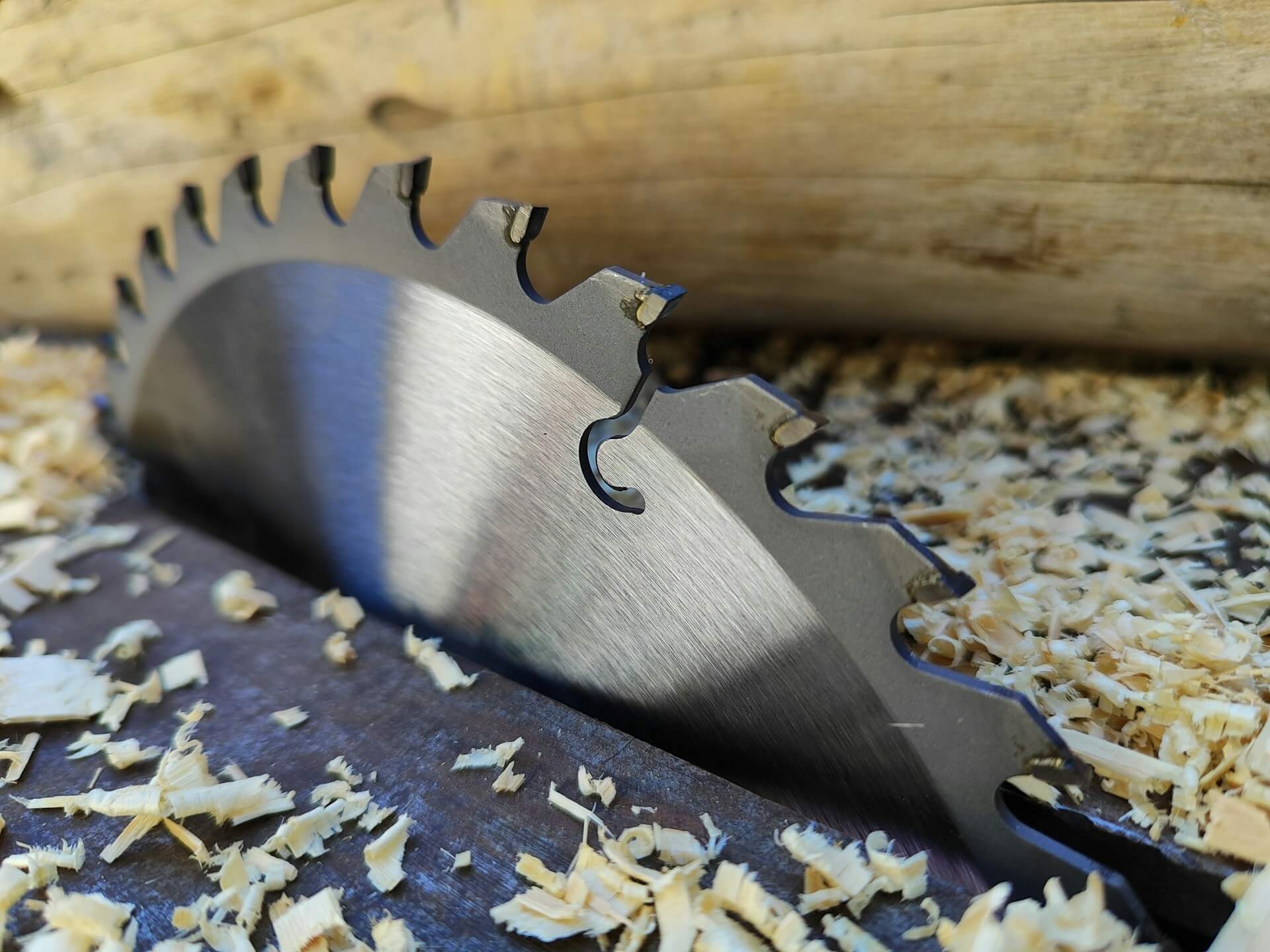
How to Cut Oak Sleepers? A Professional Guide
Whether it is decking, garden pathways, outdoor furniture, or its many other uses, oak hardwood sleepers are both incredibly versatile and popular. If used judiciously, it can entirely transform your house and garden.
But regardless of what you want to do with the railway sleepers, you need to cut and shape them, which is a fairly complex process prone to errors. In this professional guide, we’ll go over everything you need to know about cutting and preparing railway sleepers, the tools you need, and tips that can make the process easier while ensuring your safety!
Tools You Can Use to Cut Oak Sleepers?
Before you start cutting the oak, you need to select the tools for the job. The saw is the most important one. There are multiple types of saws that can be used for the process, but each has its strengths and drawbacks.
- Hand Saw
The most affordable, hand saws are relatively easy to handle and can be used by both beginners and professionals alike. However, due to how hard and durable is oak, cutting through multiple railway sleepers with a hand saw is a relatively physically exhausting task.
If you want to create intricate designs with larger quantities of garden sleepers, hand saws are probably not the best approach. Going with power tools will make your job easier and less exhausting.
- Chainsaw
Chainsaws are incredibly powerful and can easily cut through railway sleepers, regardless of shape or size. They are often used in industrial locations that need to handle large quantities of railway sleepers.
Chainsaws have multiple downsides: They are unwieldy and expensive and can be dangerous in the hands of an inexperienced person. Chainsaws also don’t give you as fine a control over the final shape of the cut oak as the other tools on our list.
- Circular Saw
Circular saws are the middle ground between hand saws and chainsaws. They allow you to cut sleepers easily while giving you fine control over the angle and manner of the cut. This makes the circular saw the most popular tool for the job.
They are not without their downsides, however. The blades of most circular saws aren’t large enough to cut through garden sleepers in one go, so they might be a bit awkward to handle.
Tips When Cutting Oak Railway Sleepers?
Now that you’ve chosen the right tool for the job, it is time to start cutting railway sleepers. There are some handy tips and tricks you can use to make sure the process goes smoothly and safely.
- Wear Protective Gear
Cutting railway sleepers can be incredibly dangerous, especially if you are working with a chainsaw or a reciprocating saw. You need protective gear before you start. These include work gloves, ear defenders, and a dust mask. There are other bits of equipment you might consider depending on the situation – for example, if you are kneeling while cutting, you might want to get protective knee pads.
- Plan Ahead
Whether you’re creating furniture or a garden path out of the railway sleepers, the measurements need to be precise. But once you start cutting the sleepers, you can’t go back. This is why you should always prepare and carefully indicate the locations of your cuts before you start. Using a square-angle ruler would make the job easier.
- Make Sure Your Tools Are Up to the Task
Whether you’ve chosen a hand saw or a chainsaw, make sure they’re up for the task before you start. A dull saw will not only make the job of cutting railway sleepers harder, but it is also a hazard.
Cutting Railway Sleepers FAQ
Can You Cut Oak Garden Sleepers with a Hand Saw?
Yes, you can cut oak garden sleepers with a hand saw, though it can be quite strenuous physically if you’re not accustomed to it. If you need to cut a large number of oak garden sleepers, you might consider alternative tools.
What Is the Best Tool to Cut Oak Railway Sleepers?
You can use a chainsaw, a hand saw, a circular saw, or a reciprocating saw to cut railway sleepers. Each have their own advantages and disadvantages, but a circular saw is probably the best.